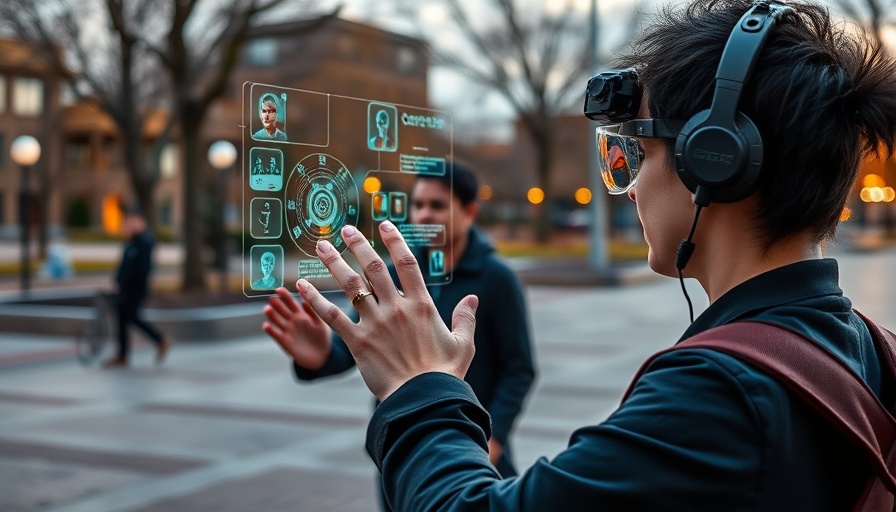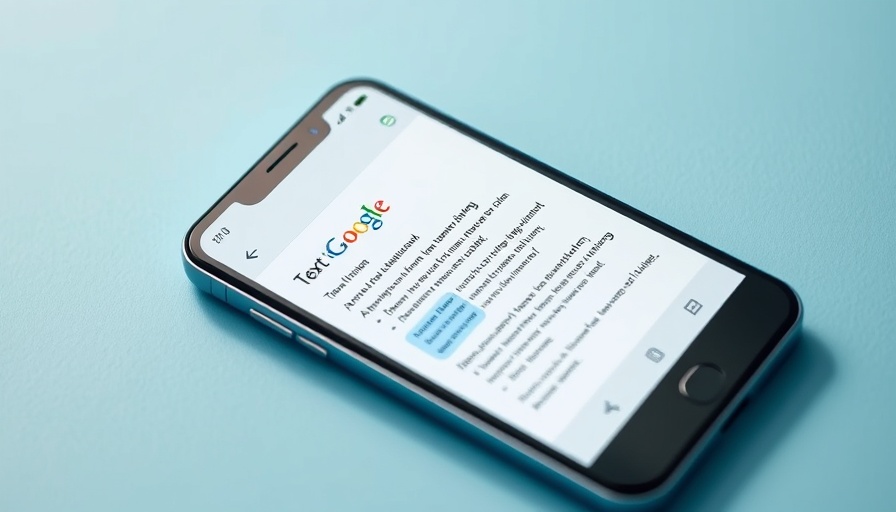
Unlocking Accessibility with Technology
In the latest episode of "What’s New in Google Accessibility," Eve Anderson unveiled significant advancements aimed at enhancing accessibility for the Deaf and Hard of Hearing community, as well as improving experiences for users with vision impairments. These innovations underscore Google's commitment to fostering inclusivity through technology, particularly for younger creators keen on harnessing artificial intelligence in their projects.
In 'What’s New in Google Accessibility,' the discussion dives into current advancements in accessibility technology, exploring key insights that sparked deeper analysis on our end.
Introducing SignGemma: A Game Changer for Sign Language
The most notable announcement is the upcoming release of SignGemma, an open model focused on sign language understanding, primarily American Sign Language (ASL). This ground-breaking tool allows experts to modify the technology to suit various sign languages, promoting customizability and accessibility. For kids passionate about video creation and technology, creating content that reinforces ASL could spark genuine engagement with diverse audiences.
Android Features That Enhance Interaction
Google's latest enhancements for Android include advanced features for TalkBack, which now provides detailed descriptions of entire screens. Imagine being able to ask your device what’s on your shopping screen and receiving smart, engaging responses. This interactive experience not only makes technology more accessible but also excites younger users who may want to integrate such capabilities into their creative projects.
The Future of Visual Interpretation: Project Astra
Another highlight from the video is the introduction of Project Astra, an AI visual interpreter designed specifically for the blind and low-vision community. This tool will allow users to interact with their environment via real-time visual feedback, crafted alongside professionals from the interpreting field. Such innovation presents numerous opportunities for content creators to explore narrative techniques that elevate storytelling for all audiences.
Connecting Through Classroom Innovations
Tools like Expressive Captions enhance multimedia experiences by capturing nuanced speech patterns for better comprehension. This can empower young creators to produce works that effectively communicate emotions and ideas. Engaging formats could emerge in classrooms, transcending conventional teaching methods through accessible content creation.
As Google continues to innovate in accessibility, it opens doors for the next generation of creators to embrace technology that breaks barriers. For kids interested in video creation, familiarity with tools like SignGemma and Project Astra is essential for understanding how technology can serve storytelling and expression.
 Add Row
Add Row  Add
Add 




 Add Row
Add Row  Add
Add 

Write A Comment